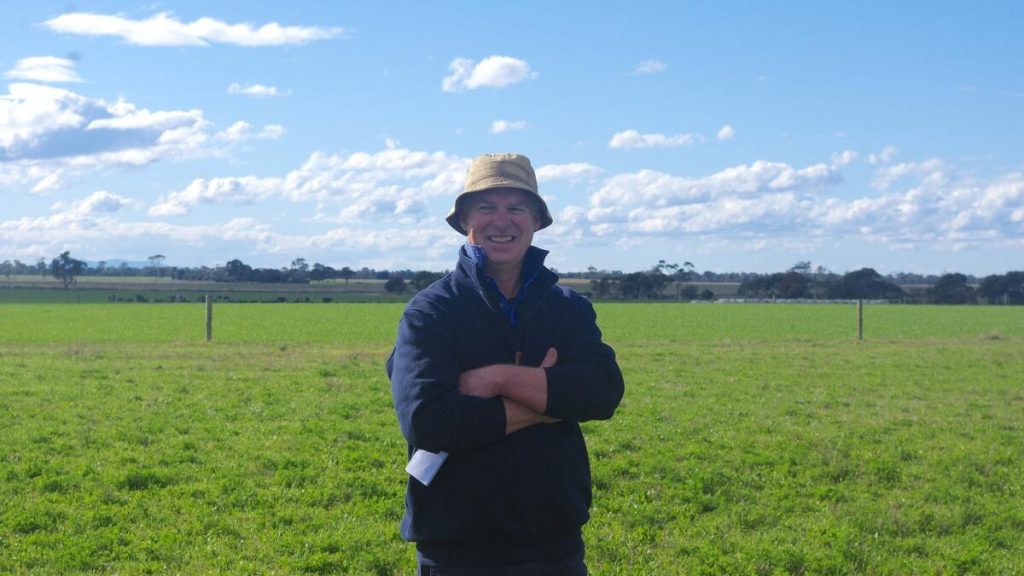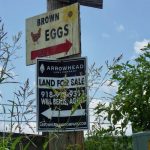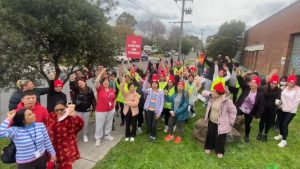
A lack of scientific rigour around the planting and grazing of multispecies pastures has prompted a multi-site on-farm project led by Dairy Australia and the University of Melbourne.
There are two trial sites, at Goon Nure in East Gippsland and Tallandoon in the Mitta Mitta district.
Both are being used to research the effectiveness and resilience of multispecies pastures.
The project is funded from the Federal Government’s Future Drought Fund Resilient Soils and Landscapes program and Dairy Australia.
An original research project funded only by Dairy Australia was hosted on 11 farm sites, spread across Gippsland, south-west Victoria and northern Victoria.
That work has now been distilled to continue on two and a potential third site.
Rohan Bingley, whose dairy farm at Goon Nure is the host site for the trial in Gippsland, was already growing multispecies pastures for his 90-head milking herd.
An on-farm open day was held on June 26 at Goon Nure to report on the project to-date.
It was attended by dairy farmers, extension service personnel and research scientists involved with the project from the University of Melbourne’s School of Agriculture, Food and Ecosystem Sciences.
The Goon Nure trial is measuring annual and seasonal pasture production and quality comparing rye-grass and multispecies pastures, changes in the composition of multispecies varieties, and soil health including carbon levels, microbe population and water holding capacity.
A few moisture probes have been installed on the Goon Nure property as part of this research project.
“People are adopting multispecies pastures, but there isn’t a lot of scientific evidence around their effectiveness,” University of Melbourne Associate Professor Brendan Cullen said.
“From a dairy system perspective, where does multispecies fit in to the dairy production system?
“Would multispecies pastures enable reduced use of synthetic nitrogen?
“Can we push increased growth out on the shoulders of the growing seasons?
“Do multispecies pastures protect soils from erosion?
“Is there potential to measure animal performance, in the next step of our research?
“We’ll measure the performance of the pasture as a whole, and the proportions of species.”
Other UniMelb research indicates the use of nitrogen fertilisers is projected to increase by 70-100 per cent by 2050.
But an estimated 50 per cent of nitrogen fertilisers applied to agricultural systems is lost into the environment through leaching and emissions.
This is a burdensome cost to farmers with substantial environmental impact.
Reducing this wastage and cost is important in the dairy industry.
The multispecies varieties sown at Goon Nure were a mix of grasses, legumes and herbs.
For a number of years now, Rohan has utilised pelletised chicken manure and a Tow and Fert to spread fertiliser around his farm.
This year, he applied 300kg/ha of pelletised chicken manure.
“Slow release nitrogen applied in early spring gives us a kick in pasture growth,” Rohan said.
Soil is sandy loam with a pH of 7.15. The trial sites are rainfall-dependent. Centre pivot irrigation is used on other paddocks. The farm is coastal, with strong impact from daily sea breezes.
Rain in December ensures peak growth. The herd is dried off in late December, which enables paddocks to be rested.
Calving occurs in late January and February, and Rohan relies on autumn growth for freshly calved cows.
He also relies on spring pasture for grazing heifers.
The trial was sown in paired paddocks, a mix of rye-grass and clovers in one paddock alongside a paddock of multispecies varieties.
Moisture probes were set up in each paddock.
Pasture cuts were taken pre-grazing, resulting in 0-3 tonne dry matter per hectare.
Daily pasture growth rate was measured at 0-50kgDM/ha per day.
“In summer, multispecies absorb more moisture from the deeper layers of the soil, compared to rye-grass, which is in the top few centimetres,” Rohan said.
“In winter, the rye-grass performed better than the multispecies.
“In spring, the multispecies varieties out-performed the rye-grass mix.”
Brendan said the trial so far had demonstrated the multispecies varieties performed well in the shoulder of the season, and there was a small growth advantage in the summer.
“We’re also seeing the pasture species composition changing season to season at Goon Nure,” he said.
In comparison, he said regular topping needed to occur at the trial at Tallandoon to encourage cows to keep grazing.
Brendan said there were seasonal differences at Goon Nure, that varies the economic and production value of growing additional dry matter throughout the year.
“When rye-grass outperforms multispecies during winter, the multispecies has lower value,” he said.
“A rye-grass flush quantifies to about a $110/ha loss on the value of multispecies pasture.
“The multispecies pasture has higher value at other times of the year, especially in mid-summer, but also mid-spring, late summer and during autumn. This quantifies to about $270/ha.”
In contrast, Brendan said at the Tallandoon site in north-east Victoria, rye-grass produced more forage by volume than the multispecies pasture.
“For economic analysis, we need to know the pattern of growth and volume during the year, and compare these results with the whole system,” he said.
“Over the next year, we should be able to gather enough data across all the sites to help qualify our results.”
Rohan said the multispecies had no value as silage, in comparison to rye-grass.
“If you have a part of your milking platform under pivot that you harvest for silage, don’t plant it to multispecies,” he said.
He recommended knowing input costs and comparing those, as well as grazing and feed requirements, before deciding if it was financially viable to change your dairy system to incorporate multispecies pastures.
Rohan said he had experienced difficulty in retaining volume in multispecies pasture plots.
Brendan said this experience was replicated at Tallandoon.
“Most sites need some form of annual oversowing to retain volume,” Brendan said.
The researchers are still collating and analysing information about nitrogen, carbon, soil microbes, soil health and soil moisture.
For a gallery of more pictures from the open day, go to: https://www.dairynewsaustralia.com.au/news/gallery-keep-on-the-grass/
You can now read the most important #news on #eDairyNews #Whatsapp channels!!!
🇺🇸 eDairy News INGLÊS: https://whatsapp.com/channel/0029VaKsjzGDTkJyIN6hcP1K



















